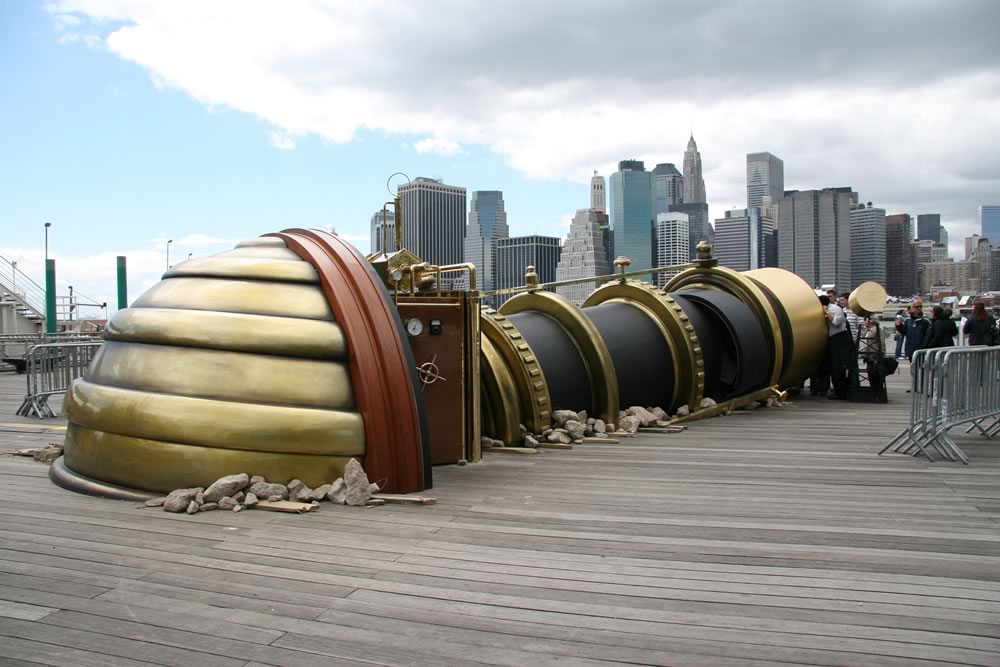The generative project that I chose was Taxi, Taxi which is a project created in 2016 by Robert Hodgin, in collaboration with Jonathan Kim and with the help of Ryan Bartley. Taxi, Taxi is a digital installation in the Samsung 837, the Samsung Experience Center in New York City. The project uses NYC Open Data taxi data in order to create a real time simulation of the different routes that taxi cab drivers take. It was created with the Cinder C++ coding framework, a framework that Robert Hodgin was the co-creator for. They also used Open Street Map to create the 3D model of New York City. Robert Hodgin and the other people that worked with him had to have some design sensibilities because even though they got all the taxi data from a New York City database, it was up to them to display the information in a clear and aesthetic manner.
Author: tmanheim@andrew.cmu.edu
Taisei Manheim – Project 01 – Face
//Taisei Manheim
//Section C
//tmanheim@andrew.cmu.edu
//Assignment-01
function setup() {
createCanvas(600, 600);
}
function draw() {
background('pink');
stroke('black');
fill('tan')
rect(270, 270, 60, 60)
//neck
fill('tan');
ellipse(300, 200, 150, 200);
//head
fill('black');
rect(270, 500, 20, 80)
rect(310, 500, 20, 80)
//legs
fill('black');
ellipse(300, 420, mouseX, 200);
ellipse(300, 420, 150, 200);
//body
fill('tan');
curve(260, 240, 280, 260, 320, 260, 340, 240);
//mouth
fill('black');
triangle(290, 240, 300, 200, 310, 240);
fill('tan');
noStroke();
triangle(292, 238, 302, 198, 310, 238);
//nose
fill('white');
arc(270, 190, 25, 10, 0, PI, CHORD);
arc(270, 192, 25, 10, PI, PI + PI, OPEN);
arc(330, 190, 25, 10, 0, PI);
arc(330, 192, 25, 10, PI, PI + PI, OPEN);
//eyes
fill('black');
ellipse(270, 191, 8, 8)
ellipse(330, 191, 8, 8)
//pupils
fill('black');
rect(255, 165, 30, 8);
rect(315, 165, 30, 8);
fill ('black');
translate (285, 140);
rotate (2.8);
arc(0, 0, 120, 70, 0, PI, CHORD);
arc(0, 2, 120, 30, PI, PI + PI, OPEN);
//left hair
rotate (4.2);
translate(37,-35)
arc(0, 0, 80, 10, 0, PI, CHORD);
arc(0, 2, 80, 50, PI, PI + PI, OPEN);
//right hair
}With this project I wanted to use a variety of shapes and commands such as rectangles, ellipses, arcs, curves, and triangles in order to get myself used to coding. It was interesting thinking about myself solely based on simple geometries and I created a moving image to depict how I imagine myself changing over the course of my life.
Taisei Manheim- Looking Outward – 01

The interactive project that I chose was The Teletroscope, an installation during the summer of 2008 in London and New York City by Paul St. George, an artist that is based in London. Near Tower Bridge in London and similarly positioned by the Brooklyn Bridge in New York were identical telescopes that allowed people to watch those on the other side in real time. These giant telescopes were huge and angled into the ground as to almost give the impression that there was a literal tunnel from London to New York City in which you could see those on the other side. It was based on a Victorian engineer’s idea of connecting London and New York through a series of lenses and mirrors. This illusion of a giant tunnel under the Atlantic Ocean was made possible by broadband internet cable that transmitted video images between the two venues at a high speed. Paul St. George couldn’t complete this project by himself so he got help from the British arts organization Artichoke. They loved the project’s idea and thought it would be easy to make, but it ended up costing $787,000. Historically, the idea of the teletroscope helped to fuel the ideas of technologies, such as TV and the internet and even when this installation was made in 2008, video calling people around the world was not nearly as common as it is now today.
![[OLD FALL 2019] 15-104 • Introduction to Computing for Creative Practice](../../../../wp-content/uploads/2020/08/stop-banner.png)